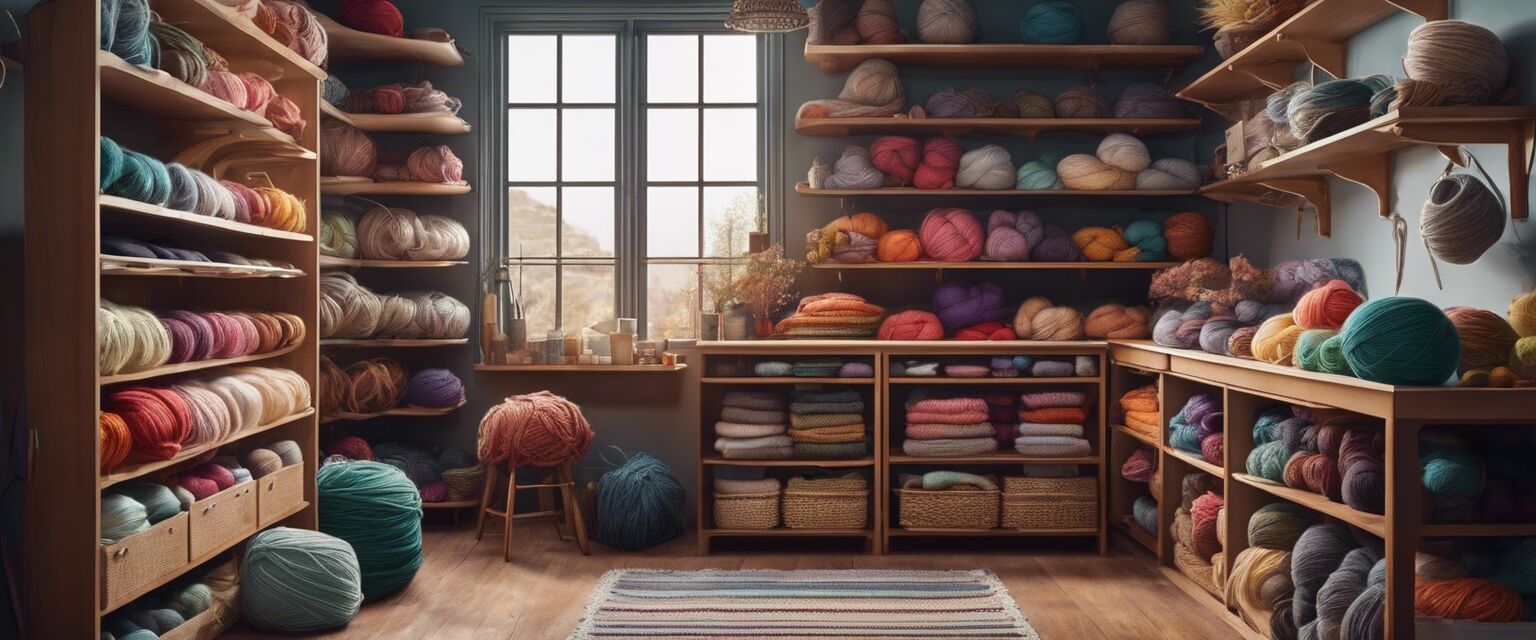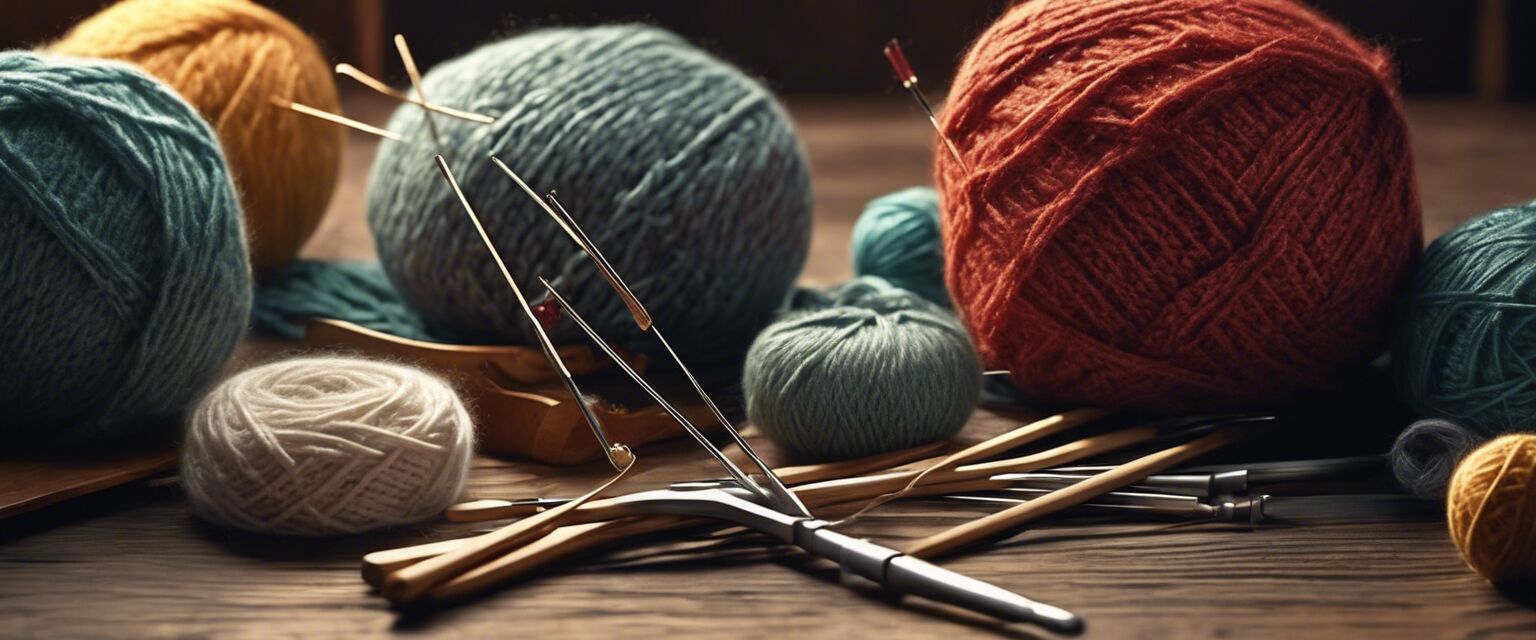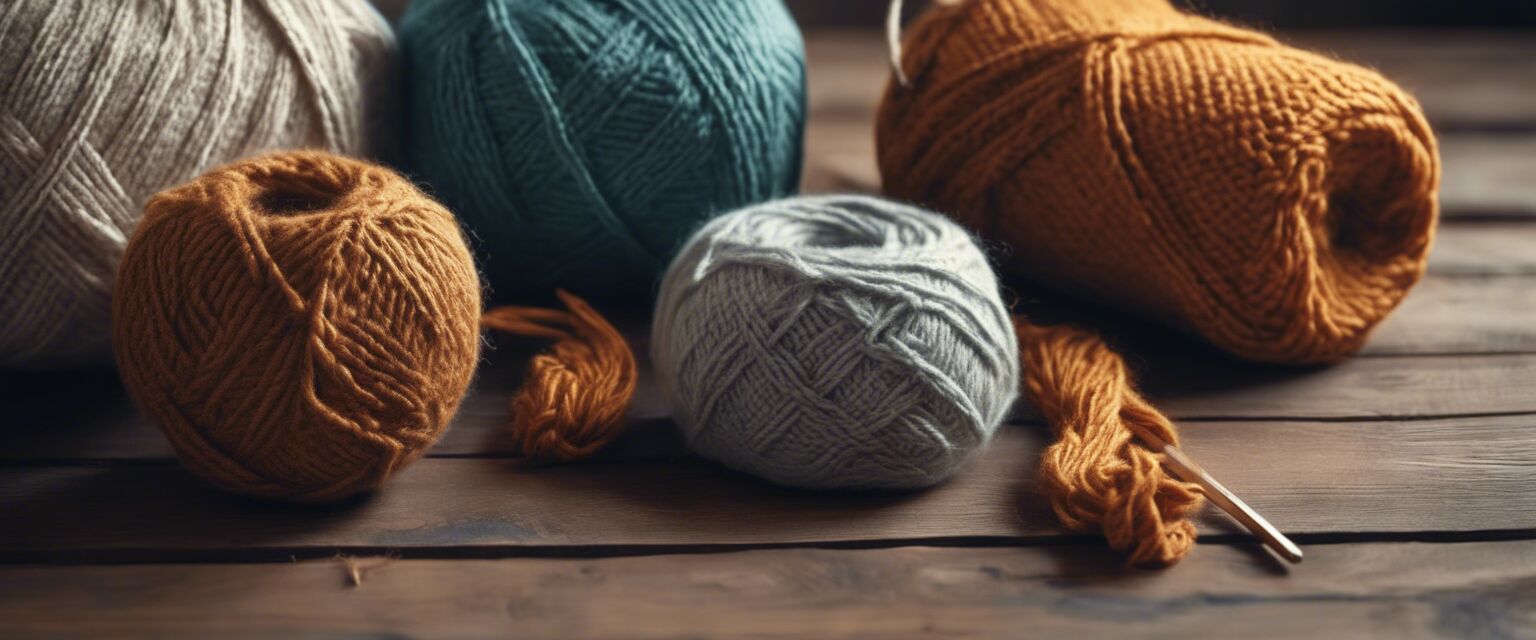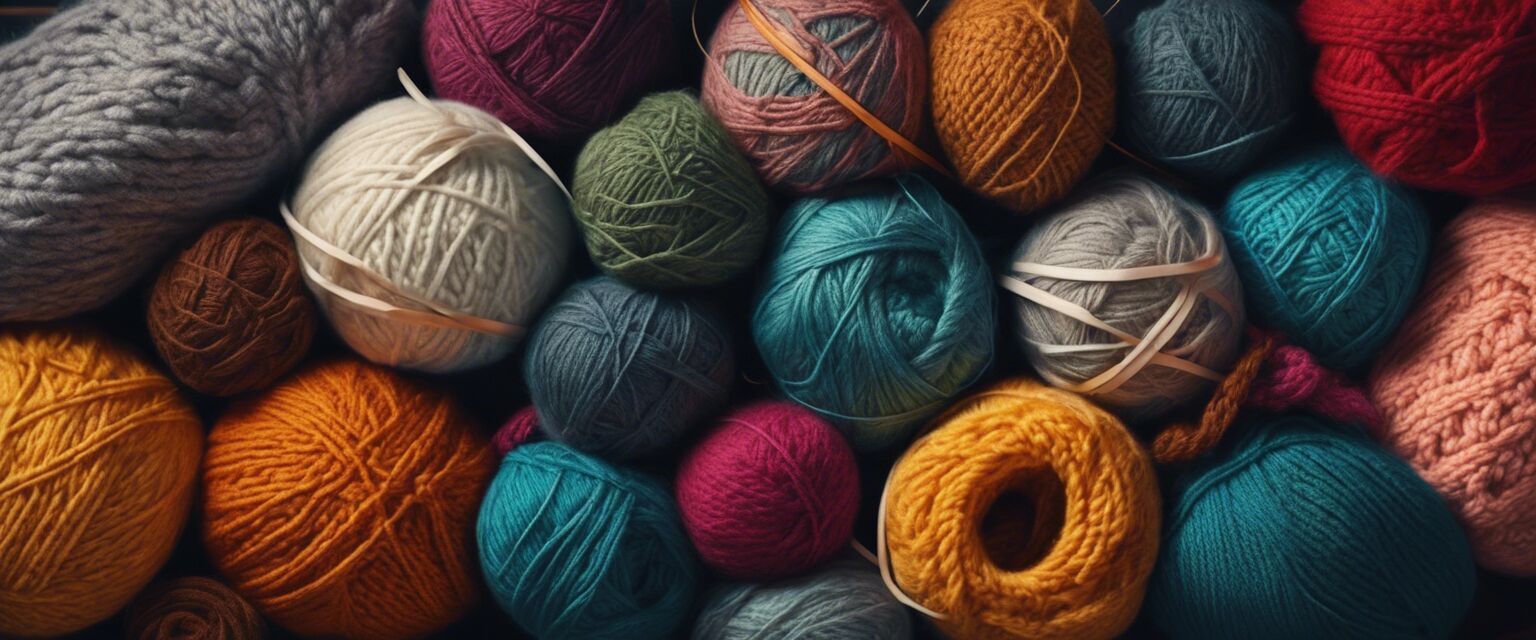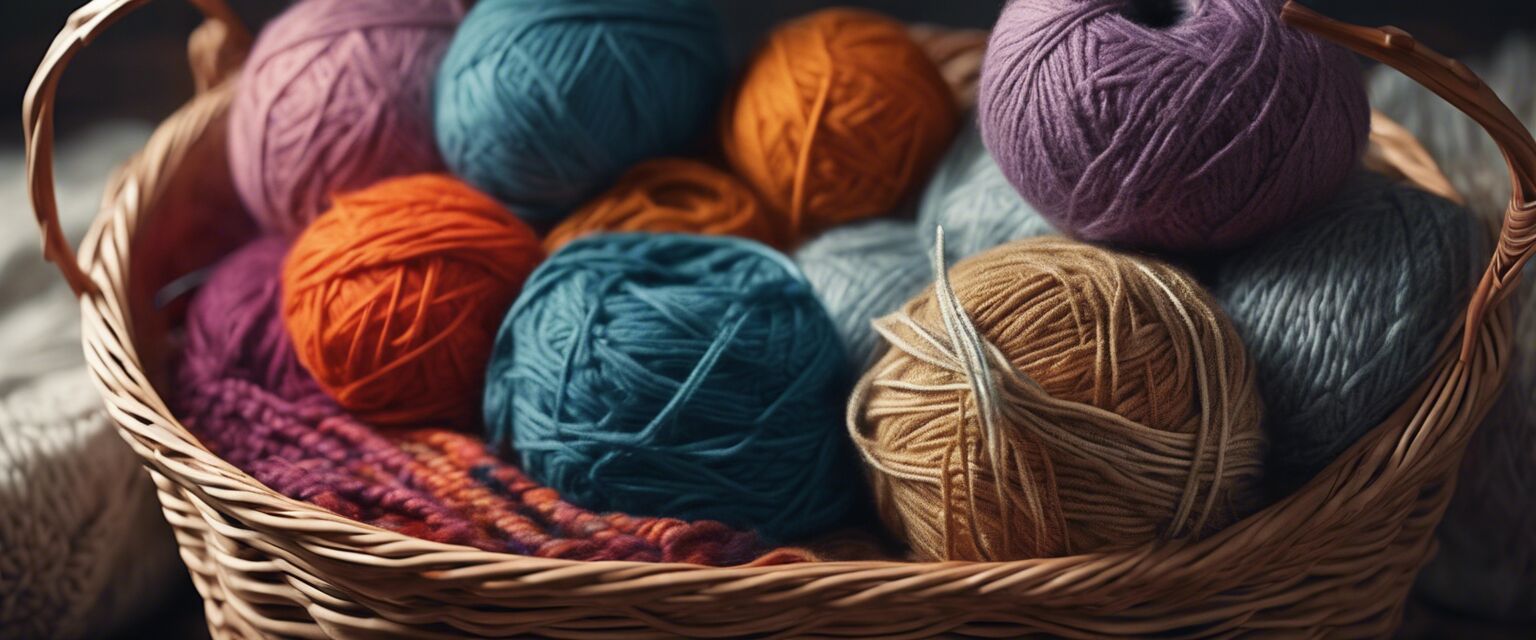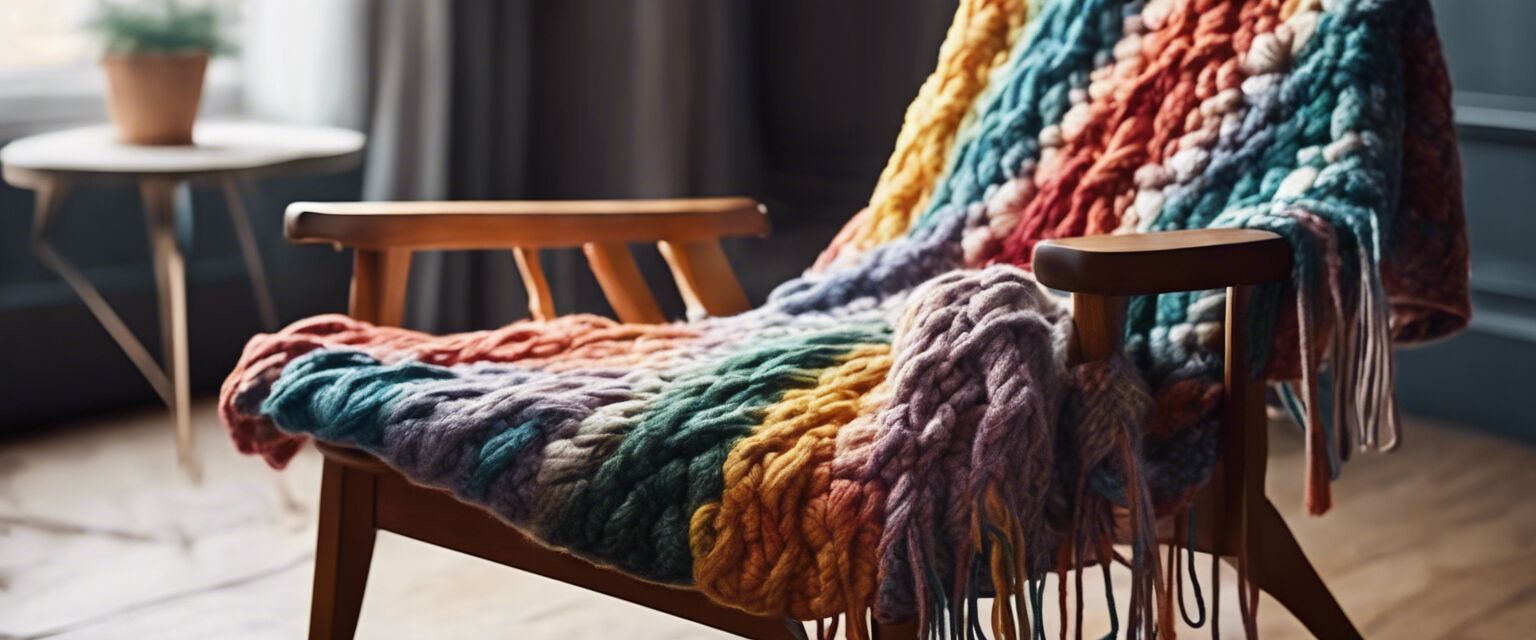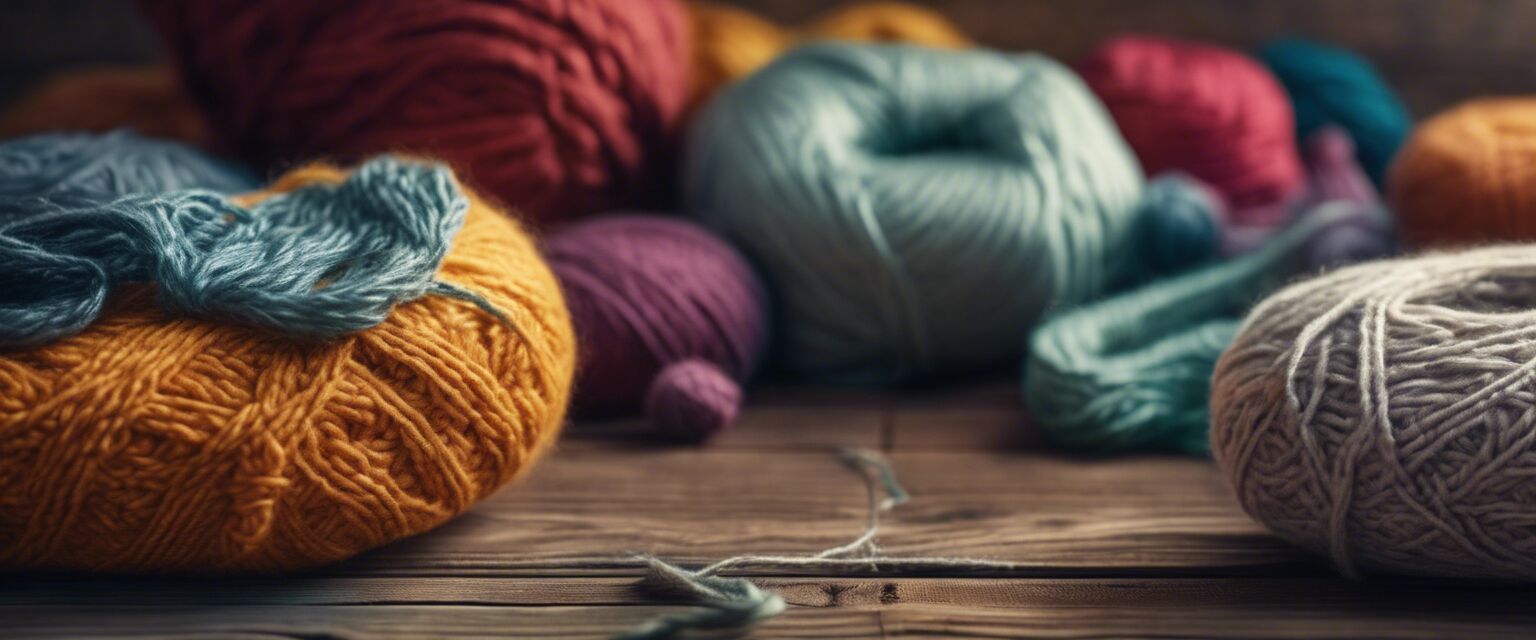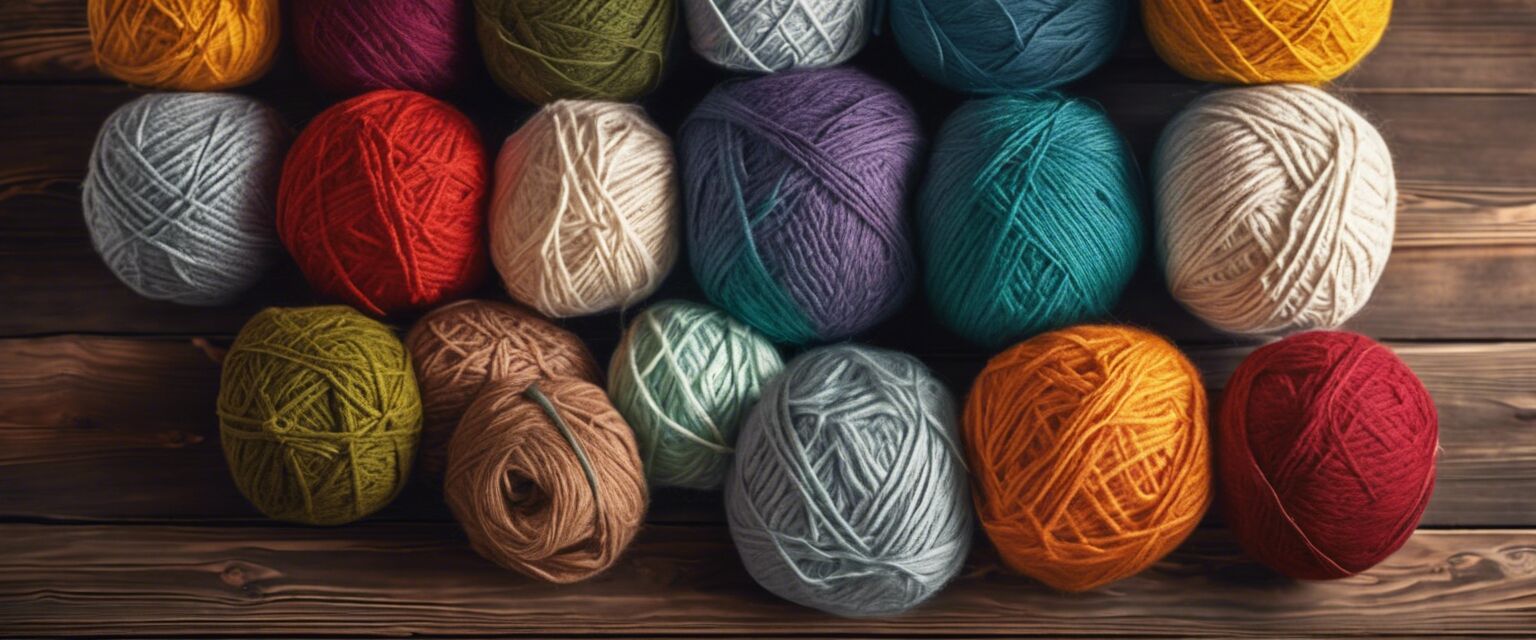
Knitting Yarn
Knitting yarn is the heart of every knitting project. With so many types of yarn available, it can be overwhelming to choose the right one for your next project. In this article, we'll delve into the world of knitting yarn, exploring the different types, their characteristics, and what to consider when selecting the perfect yarn for your needs.
Key Takeaways
- There are several types of knitting yarn, including acrylic, cotton, wool, and blends.
- Yarn weight and fiber content affect the durability, softness, and warmth of the finished project.
- Choose the right yarn for your project based on the season, desired texture, and level of expertise.
Types of Knitting Yarn
| Yarn Type | Fiber Content | Characteristics |
|---|---|---|
| Acrylic | Synthetic | Soft, lightweight, easy to care for, and affordable |
| Cotton | Natural | Breathable, absorbent, and great for summer projects |
| Wool | Natural | Warm, breathable, and great for winter projects |
| Blends | Mix of natural and synthetic fibers | Combines the benefits of different fibers for a versatile yarn |
Yarn Weight and Fiber Content
Yarn weight and fiber content are crucial factors to consider when selecting a yarn. Yarn weight refers to the thickness of the yarn, while fiber content affects the durability, softness, and warmth of the finished project.

Here's a general guide to yarn weights and their recommended uses:
- Lace (very fine): Ideal for lacy shawls and doilies
- Fingering (fine): Suitable for baby clothes and intricate patterns
- Sport (light): Great for spring and summer garments
- Worsted (medium): Perfect for afghans, sweaters, and hats
- Chunky (thick): Ideal for quick and cozy projects like scarves and hats
Choosing the Right Yarn for Your Project
When selecting a yarn, consider the season, desired texture, and your level of expertise. For beginners, it's best to start with a smooth, medium-weight yarn that's easy to work with.

For more complex projects, consider using a yarn with a higher fiber content or a blend of fibers for added durability and texture.
Conclusion
With so many types of knitting yarn available, it's essential to understand the characteristics of each yarn type and how to choose the right one for your project. By considering yarn weight, fiber content, and your level of expertise, you'll be well on your way to creating beautiful, long-lasting knitting projects.
Pros of Knitting Yarn
- Wide range of yarn types and weights available
- Can be used to create a variety of projects, from garments to accessories
- Relatively affordable compared to other crafting materials
Cons of Knitting Yarn
- Can be overwhelming to choose the right yarn for a project
- Some yarns may be prone to pilling or fraying
- May require special care and maintenance
Beginners' Tips
- Start with a smooth, medium-weight yarn that's easy to work with
- Practice with a simple project, like a scarf or hat, before moving on to more complex projects
- Consider using a yarn with a higher fiber content for added durability and texture
Ready to start your next knitting project? Explore our collection of high-quality yarns and innovative needles to find the perfect tools for your craft. For more inspiration, check out our detailed patterns and guides or knitwear care items.


